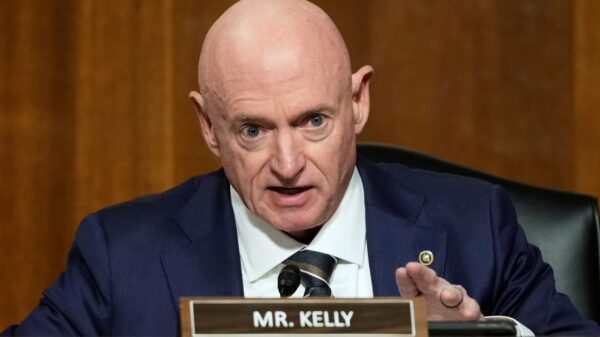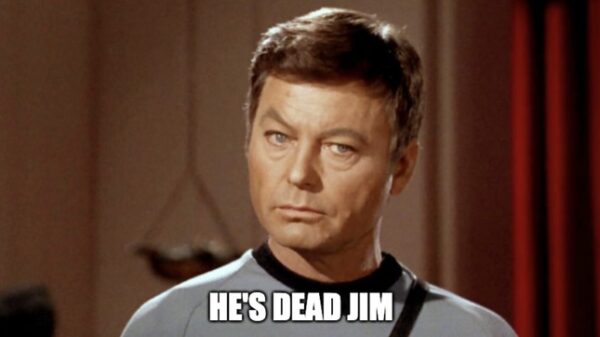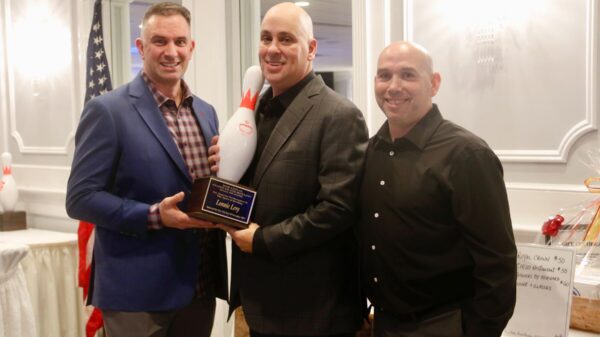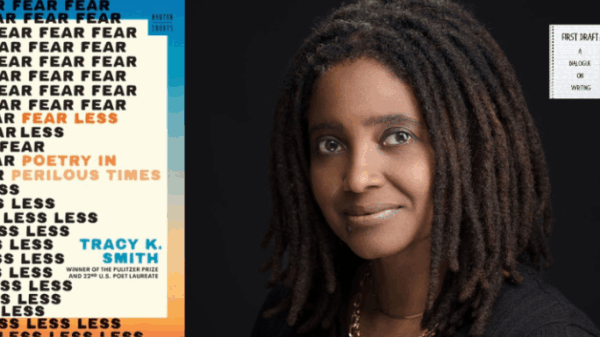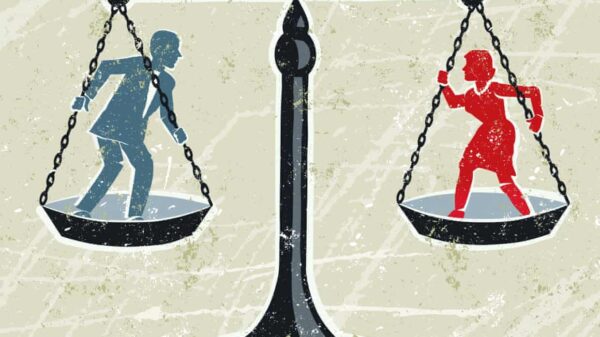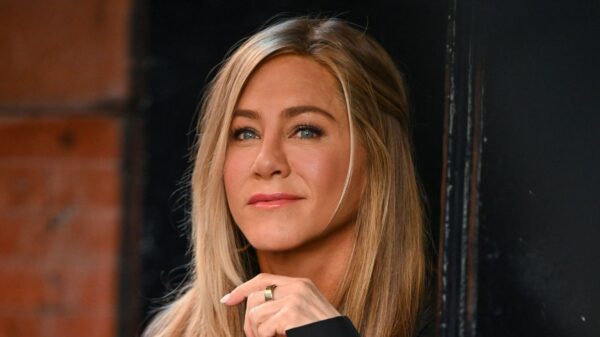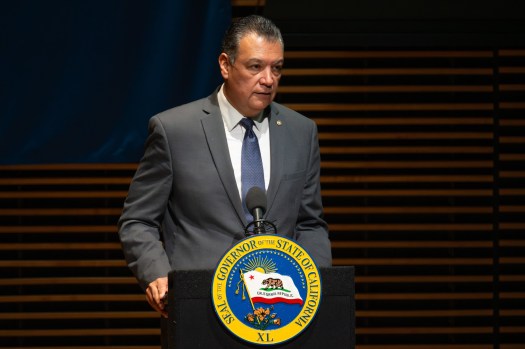California’s political landscape may soon see a significant shift, as Senator Alex Padilla is reportedly considering a run for governor when Gavin Newsom concludes his term in 2026. In a recent interview with Politico, Padilla expressed his desire to continue serving the state, stating, “I love California. I’ve had the honor of serving in many different capacities…I hope to continue to serve … in some capacity for the foreseeable future.” This statement has sparked speculation about his intentions for the upcoming gubernatorial race.
Padilla’s current term in the U.S. Senate runs until 2029, allowing him to maintain his position while exploring the possibility of a governorship. The question arises: why would a senator with a secure seat consider such a move? Political analysts suggest that the answer may lie in the dynamics of California’s Democratic Party and its potential candidates.
Recent polling indicates that former Congresswoman Katie Porter is the leading candidate for the Democratic nomination. If the election were held today, Porter would likely advance to the November ballot alongside one of two Republican contenders, former Fox News host Steve Hilton or Riverside County Sheriff Chad Bianco. In that scenario, Porter would be favored to win the general election. Yet, the interest from Padilla and other Democrats raises questions about the party’s support for Porter.
Padilla’s possible candidacy could reflect a lack of enthusiasm among party leaders for Porter, who has faced criticism from within her own ranks. In her political memoir, “I Swear: Politics is Messier than my Minivan,” Porter openly critiqued fellow Democrats, which may have alienated some party members. Former Congressman Harley Rouda has described her approach in Congress as focused more on personal ambitions than collaborative governance, stating, “she spent a grotesque and inordinate amount of her time…keeping score, and lying about her peers.” Such sentiments suggest that Porter’s contentious style could hinder her appeal among the Democratic establishment.
With the gubernatorial race approaching, Padilla’s entry would signal a broader concern among party leaders about Porter’s viability as a candidate. Observers note that if Padilla decides to run, it might be an indication of his ambitions beyond the governorship, possibly eyeing a future presidential bid. The implications of this potential candidacy are significant, as it would not only reshape the gubernatorial race but also impact the wider political landscape in California.
As California grapples with various pressing issues, including homelessness and crime, the performance of its leaders is under scrutiny. Should Padilla transition from a safe Senate seat to the unpredictable realm of gubernatorial politics, he would face the responsibility of managing the state’s challenges directly, a stark contrast to his current role where he primarily votes along party lines.
The upcoming years will undoubtedly be pivotal for California politics, with Padilla’s decisions potentially setting the stage for a contentious campaign season. As candidates emerge and the political landscape evolves, the choices made by prominent figures like Padilla and Porter will shape the future direction of the state.











